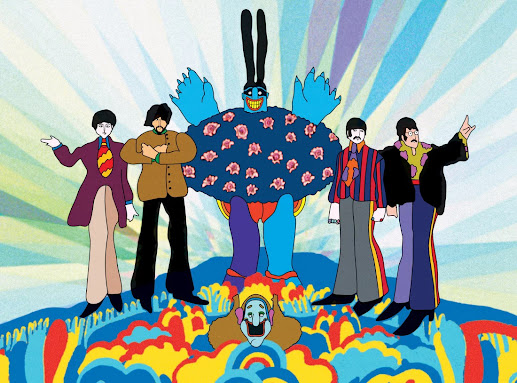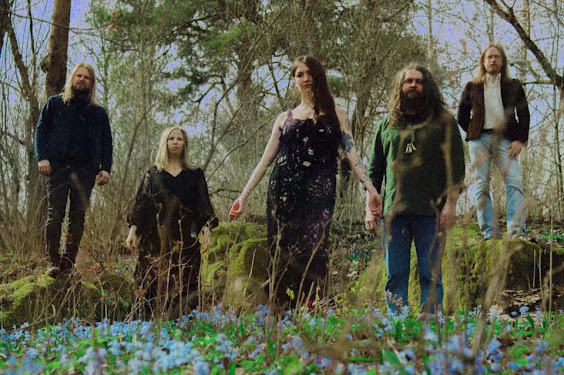The Dresden Dolls - Live at The Roundhouse, London 2006 - Part 1
The Dresden Dolls - Live at The Roundhouse, London 2006 - Part 2
The Dresden Dolls - Live at The Roundhouse, London 2006 - Part 3
The Roundhouse in London was one of the most happening places to be in the 60’s & 70’s as they hosted many well known acts such as the Who, the Stones, Bowie, Hendrix, Pink Floyd, the Doors, Kraftwerk, & the Ramones as well as all forms of nude performance art & avant theater. The Roundhouse closed its doors in the 80’s but reopened in 2006.On November 3rd & 4th of 2006 the Dresden Dolls brought their “Punk Cabaret” show to the Roundhouse & recorded both nights for this DVD release.
The DVD is theatrical, amazing, and intense from the introduction by comedian Margaret Cho all the way through the closing song “Delilah” which lead singer/keyboardist Amanda Palmer sings an amazing & strange duet with new wave icon Lene Lovich. The Dresden Dolls are a duo featuring Amanda Palmer & one of the hardest hitting drummers I’ve ever seen, Brian Viglione. The opening number “Sex Changes” grabs the viewer immediately as Palmer(wearing whiteface, a faded old black “Who” t-shirt, a garter belt with black & white striped stockings & combat boots has the fans singing along shouting ”They always said that sex would change you! ”.The duo launches into “Gravity” from their s/t album and 3 girls appear on the stage. One girl is dressed in black & white stripes, climbs a curtain hanging from the center of the stage & performs some upside down acrobatics while the 2 other girls who are dressed in garters and stockings dance to the demonic rhythm of the song. I could probably write a 4 page review on the performance because there is so much going on during the show but I’ll just stick to the highlights which includes an incredible performance of “Backstabber” from their ‘Yes,Virginia’ CD. ”Coin Operated Boy” has the whole audience singing along with Palmer as she sings about her plastic fantasy. ”Mandy Goes to Med School” features 2 females dressed as pregnant schoolgirls skipping out to the front of the stage and hitting each other in the stomach with hammers. The 2 girls then hold hands and kneel in front of the duo and watch Palmer & Viglione present an intense musical exchange of drums and keyboards. The Dolls launch right into a fast paced punk tune titled “Lonesome Organist Rapes Page Turner”. The tempo is brought down as they perform “Slide” which features a few music box dancers in the center of the crowd. The stage filled with all the performers dressed in various styles and costumes as well as a few girls dressed in bondage while tied to chairs as the band performed “The Jeep Song”. The crowd all waved Sparklers in the air as the group performed their 2006 single “Sing” before leaving the stage for the first time. For the encore Brian came out with his acoustic guitar as Amanda danced around and sang “Mein Herr” from the musical ‘Cabaret’ & ended the song by crowd surfing. Australian under ground band, the Red Paintings’ singer Trash McSweeny performed a duet of “Mad World” and the set ends with the Dresden Dolls revved up psychotic single “Girl Anachronism”.
Bonus features documentary & 2 extra songs: The first is “Missed Me” which probably could’ve fit in nicely on Pink Floyd’s ‘The Wall’. ”Missed Me” is another duet with Palmer singing with Edward Ka Spel (lead singer of the Pink Dots) which is followed by “Delilah” featuring Lene Lovich. Overall this is an entertaining and intense performance with something going on all the time. Palmer says in the liner notes that for every performer you see on the DVD there are a dozen more that don’t make it onto the camera. From: https://www.classicrockforums.com/threads/dresden-dolls-live-at-the-roundhouse.6663/

























